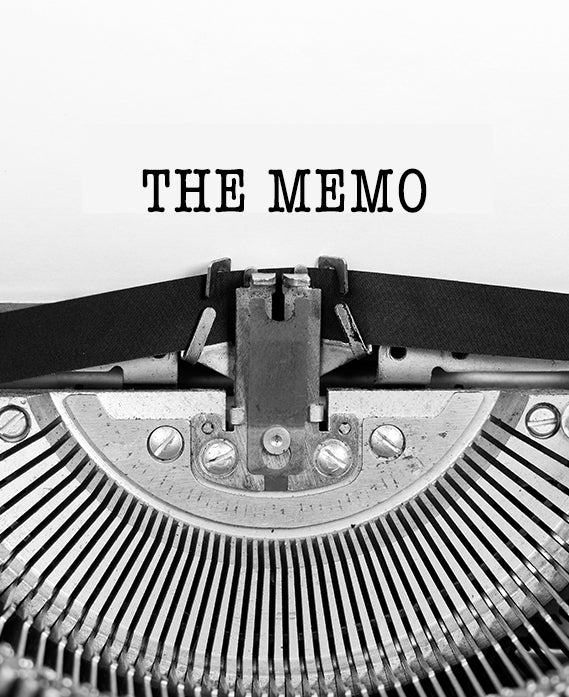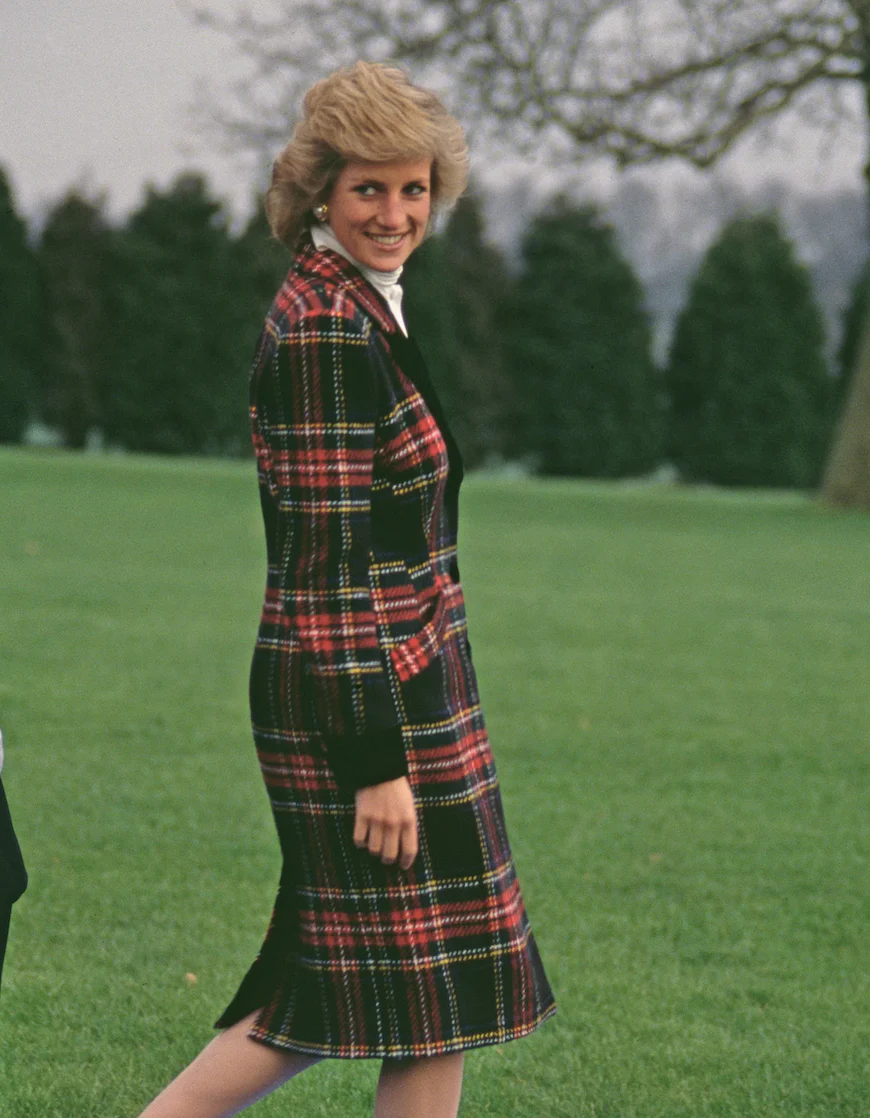
THE MEMO
Welcome to The Memo the official blog of Joel and Son, London's esteemed fabric brand and supplier. As the trusted confidante of fashion devotees and creators alike, we strive to weave stories around the world of haute couture and the vibrant trends shaping its tapestry.
Our platform is a grandstand that showcases the inspired craftsmanship of renowned designers and explores the enchanting trajectory of evolving fashion trends. Here, we not only unravel the mystery behind the fabrics that create sensations on global runways, but also offer a peek into the heart of the fashion industry – its vision, creativity, and ever-changing dynamics. Discover with us the intricate threads that fashion the world one stitch at a time.
Tartan Takes Over: Why This Classic Pattern Is The Hottest Trend This Fall
Fashion & Inspiration
0 min read

Filter by

Tartan Takes Over: Why This Classic Pattern Is The Hottest Trend This Fall
- Fashion & Inspiration
1 min read






















